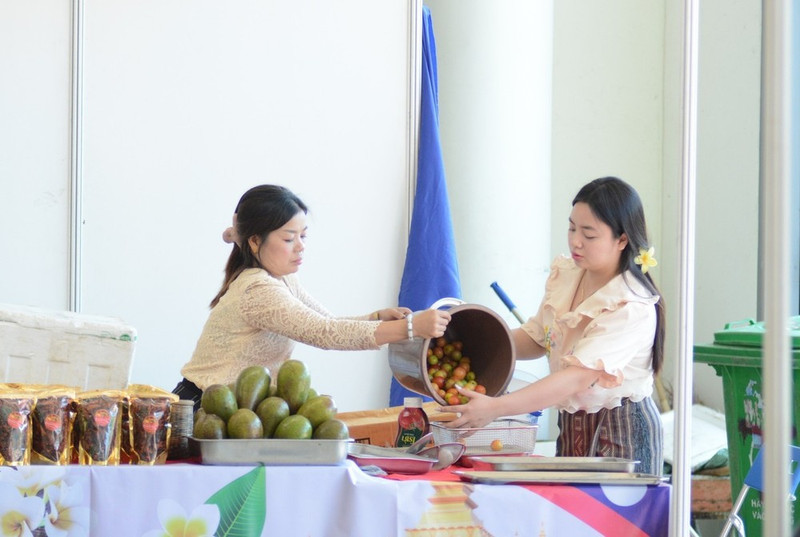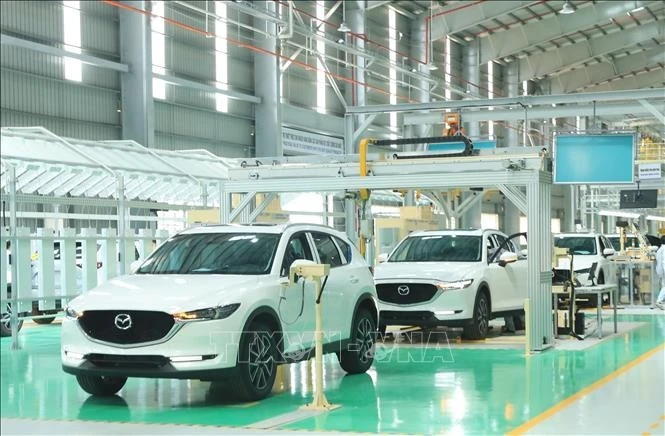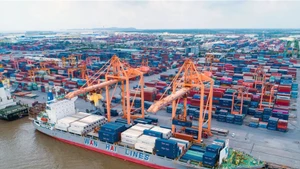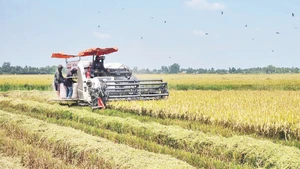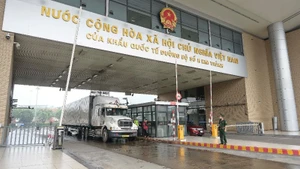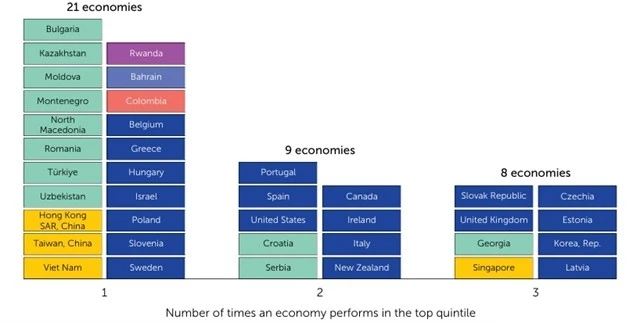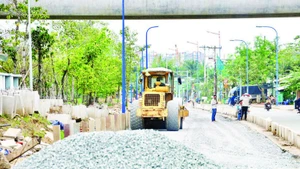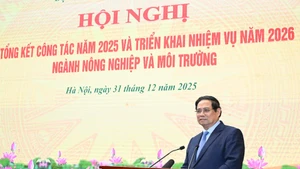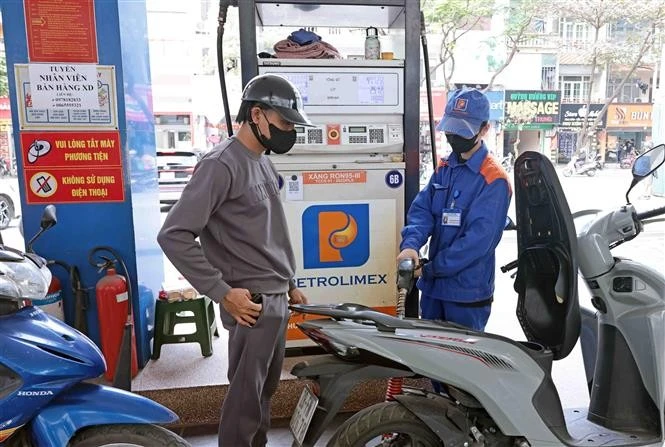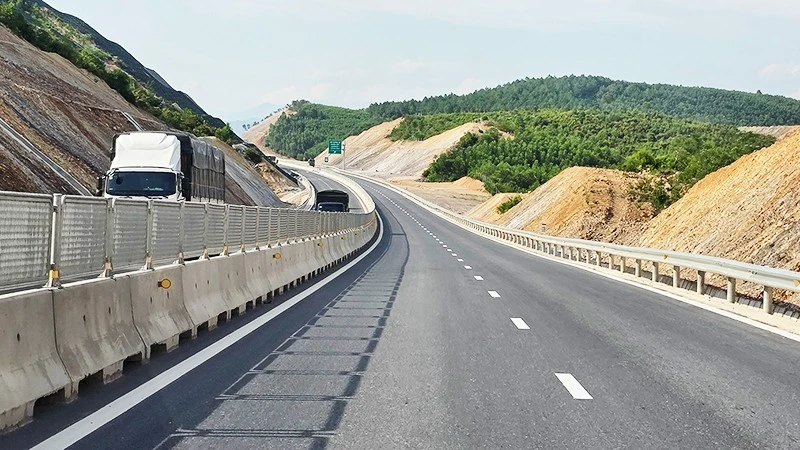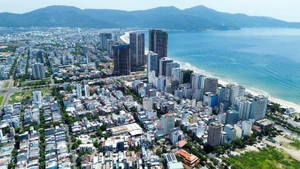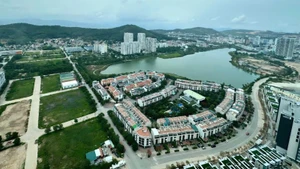The event features nearly 300 booths of 150 enterprises from central and Central Highlands localities of Vietnam located along the EWEC.
A wide range of products are on show, including household appliances, handicrafts, souvenirs, food, electrical items, electronic and telecommunications equipment, technological devices, consumer goods, along with educational and healthcare products. Typical industrial products, tourism services, and those under the One Commune, One Product (OCOP) programme are also introduced to visitors.
Products from some countries are displayed by their representative agencies, including the Cambodian Ministry of Commerce, the Lao Ministry of Information, Culture and Tourism of Laos, the embassies of Myanmar and Indonesia in Hanoi, the consulates general of China, the Republic of Korea and Laos in Da Nang, the Malaysian tourism authority, and the trade office of Thailand in Ho Chi Minh City.
A business matching and export promotion conference will also take place as part of the event to share information about foreign markets, opportunities for exploring new markets, and some noteworthy issues for exporters.
In his opening remarks, Deputy Minister of Industry and Trade Nguyen Hoang Long said the annual fair aims to introduce socio-economic development achievements, along with investment, trade, and service development potential of the localities and countries along the EWEC.
He said the event is an occasion for enterprises to access consumers, boost trading, and seek partners, thereby helping strengthen Vietnam’s cooperation with other EWEC countries.
The fair, held by the Trade Promotion Agency under the Vietnamese Ministry of Industry and Trade, is scheduled to last through August 7.
Initiated in 1998, the EWEC is an economic development cooperation programme in the Mekong sub-region. The 1,450km route starts in Mawlamyine city of Myanmar and ends in Da Nang of Vietnam, linking four countries in the Indochinese Peninsula, namely Myanmar, Thailand, Laos, and Vietnam. It aims to foster economic, trade, and investment cooperation among the countries, reduce transportation cost, facilitate trade in goods, and support development in the localities it runs through.
